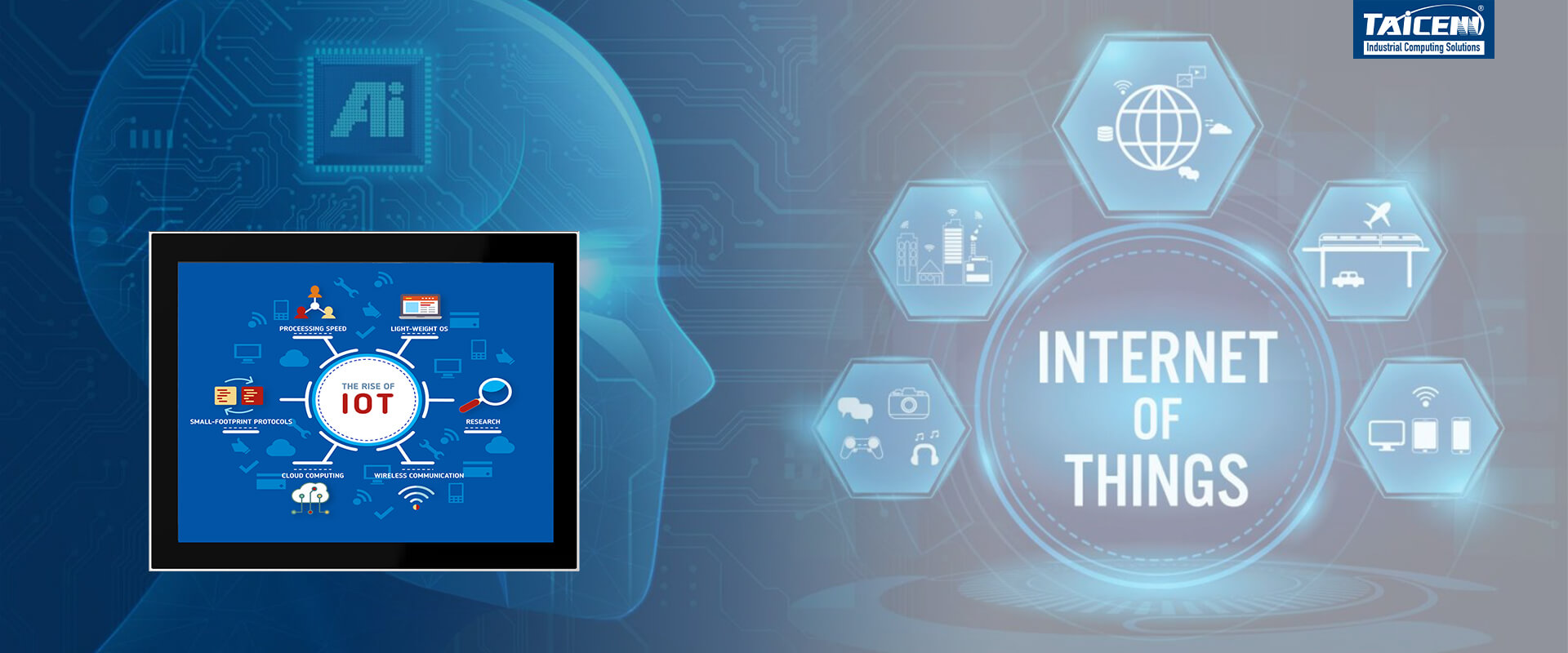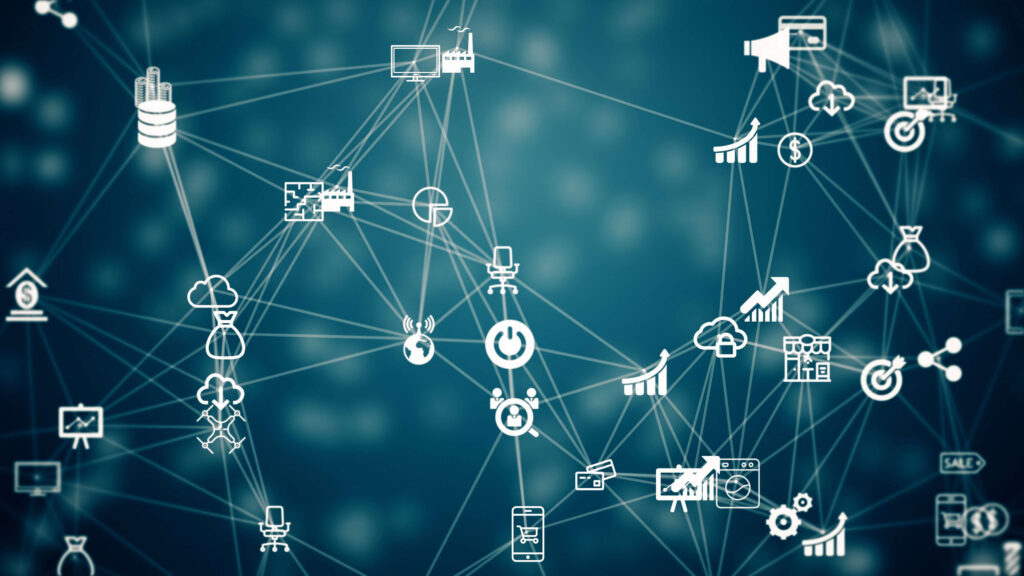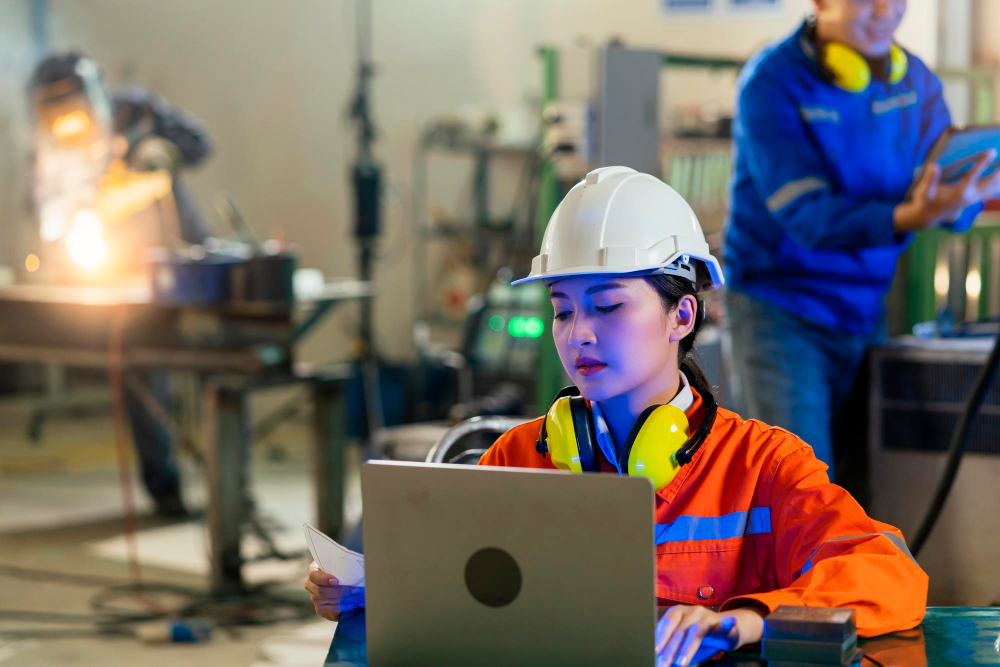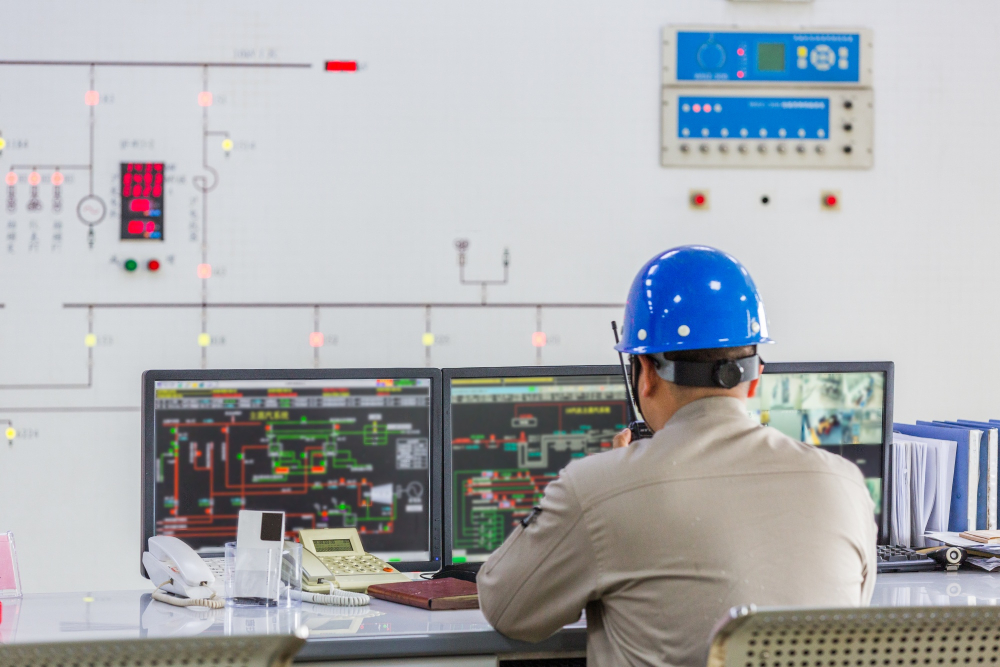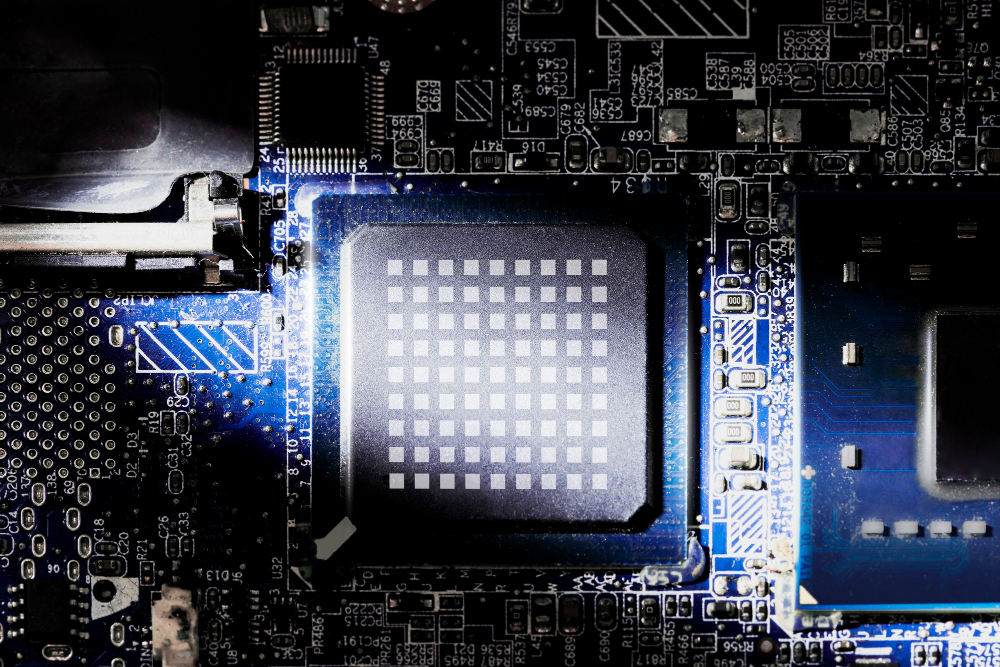IIoT
Industrial Internet of Things (referred to as IIoT) is the perception, monitoring capabilities of various types of acquisition, control sensors or controllers, as well as mobile communications, intelligent analysis and other technologies continuously integrated into all aspects of the industrial production process, thereby greatly improving manufacturing efficiency, improving product quality, reducing product costs and resource consumption, and finally realizing the traditional industry to a new stage of intelligence. The application of the Industrial Internet of Things has the characteristics of real-time, automation, embedded (software), security, and information interoperability. In heavy industry, warehouse and factory floors are changing dramatically due to the Internet of Things. Industrial computers, especially industrial panel computers, have enabled the Internet of Things to thrive in such an environment. In the process, they can streamline production, ensure more efficient shipping, or help a given company increase profits.
Advantages of Industrial Panel PC in the Internet of Things:
1、Predictive maintenance
If a machine breaks down during maintenance, the resulting production stoppage will cost the company to suffer a huge loss of productivity. Regular maintenance can surely identify faults before they begin, but this can also take a lot of man-hours and often involves shutting down production.
The Internet of Things can change this equation. The sensor networks composing the Internet of Things provide big data that can be analyzed and evaluated. The machine can itself report regular maintenance to the operator to ensure that routine inspections are not ignored, which can lead to larger problems. When IoT machines do fail, they can send messages to identify the exact nature of the problem, thus preventing turning small repairs into a long and costly repair problem caused by misdiagnosis.
2、Increase efficiency with ease
Automated mechanical and assembly-line equipment usually uses industrial computers to allow workers to control it through a human-machine interface (HMI).IoT integration can exacerbate this process, allowing people to monitor automated systems more efficiently.
For example, sensors connected to components on vehicle assembly lines (or automated machinery responsible for assembling the vehicle) can detect high temperatures, vibrations, and similar structural problems that can lead to component damage.It can also detect repeat trends in these directions, suggesting a batch of components with common structural problems, or possibly early components with such problems during assembly.In turn, this would alert operators to the problem and allow them to correct it before causing more damage.
Industrial tablets allow human monitors to quickly detect problems through HMI: identify where the problems occurred on the production line and close the process for correction.Cost savings can be achieved by stopping the problem early and helping to indicate which (if any) assembly products may be affected by this problem.
3、RFID readers improve warehouse automation
IoT technology can also be used in warehouses and storerooms to facilitate automated management.For example, the Automatic Storage and Retrieval System (AS / RS) can classify and organize products for distribution.Sensors are placed along the production line, and the RF ID labels (RFID) can identify a specific SKU for each box.This allows them to be accurately classified and stacked in the correct area.
The controller can use the industrial touch computer with the RFID reader to track the process and adjust or change as needed.For example, if a new product enters a warehouse, you can enter the SKU of the product into the system and assign it a storage location.AS / RS will then automatically adjust the process to ensure that new products can eventually be shipped where expected.Not only does this greatly simplify the organizational process but also help staff quickly determine the location of a given product that may otherwise be lost in the row and stack.
TAICENN TPC-DCM150K2 series products:
TAICENN TPC-DCM150K2 series is a low power-consumption, Fan-less designed, enhanced stability and reliability industrial 15.0-inch Touch Panel PC product. It adapts Intel 7th Gen. Core i5-7200U dual-core processor. TPC-DCM150K2 series storage can support 2.5 SATA and mSATA interface, HDD or SSD. The design uses a multi-point (10- points) projective capacitive touch screen, and it can fulfill front panel NEMA/IP65 dust-proof and water-proof standards.
The TPC-DCM150K2 uses full-sealed box construction, and it can prevent dust from entering the device system, is compatible with Win7, Win8, Win Embedded, WIN10, Linux OS, and it also has a good compatibility with customized applications and software programs.
Key Features:
● Magnesium aluminum panel, sheet-metal box structure;
● 15.0″ TFT LCD, LED backlit, resolution 1024*768;
● Intel 7th Gen. Core i5-7200U, dual-core 2.5Ghz, burst to 3.1Ghz processors;
● Multi-points projective capacitive touch, EETI controller;
● Fanless & slim design, front IP65 rated protection;
● Panel mount, support VESA 75/100 mount;
● DC 9~24V input, with over-current, over-voltage protection;
● 2*Intel GLAN, 2*RS232 (Optional 1*RS485), 4*USB (1*USB3.0);
● Expansional with 3G/4G/LTE, Wi-Fi/BT wireless;
● Optional with 2 x 2w mini speaker;
● I/O: 4x USB, 2x GLAN, 2x COM, 1x HDMI, Audio.
Written at the end:
Looking forward to 2022, with the application of 5G communication, and the support of big data, cloud computing and edge computing, the industrial Internet of Things market will inevitably present a new pattern and a new atmosphere. TAICENN‘s panel PC products have industrial-grade stability, high reliability, on-board high-speed memory, bright display, rich network port and extended interface, support high-speed algorithms and computer image processing technology, and excellent performance in data transmission and information processing. In the future, TAICENN will also work with our partners to launch more IOT solutions to flexibly meet customer customized needs and make common progress for enabling the industrial Internet of Things.
